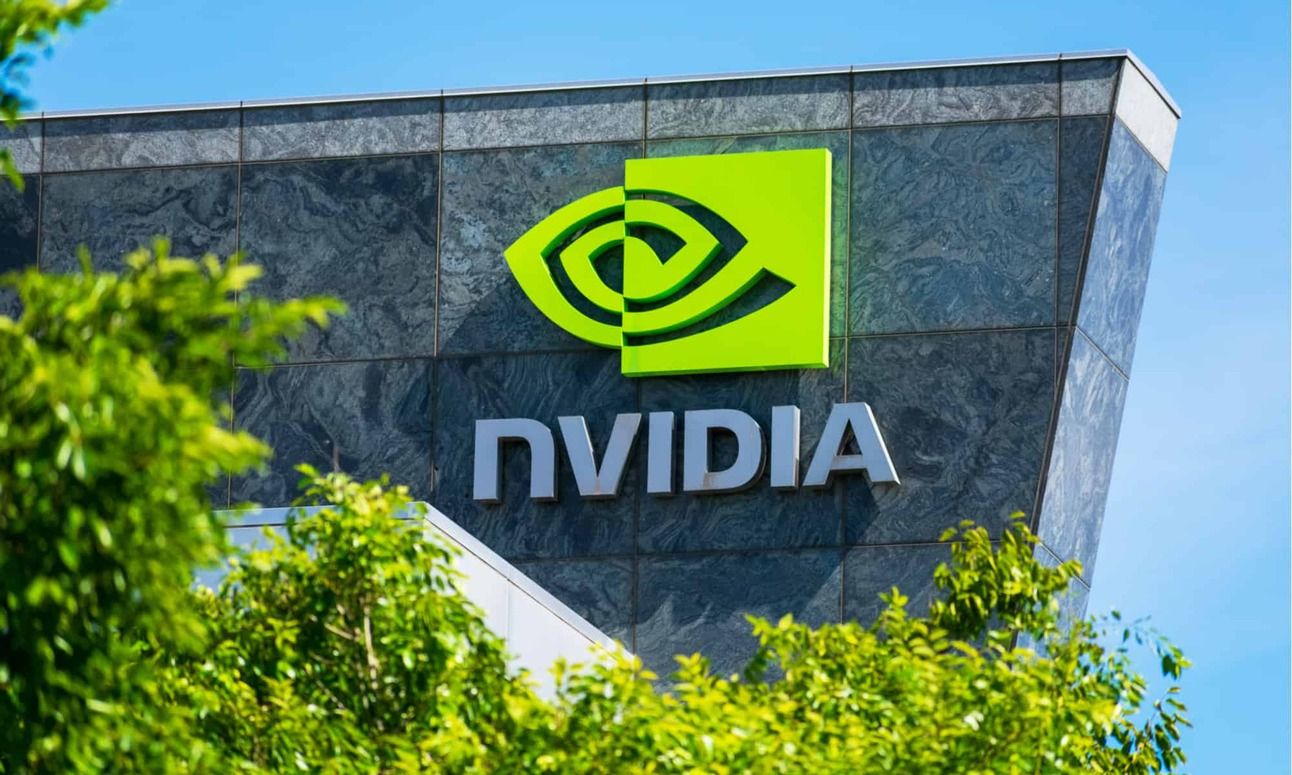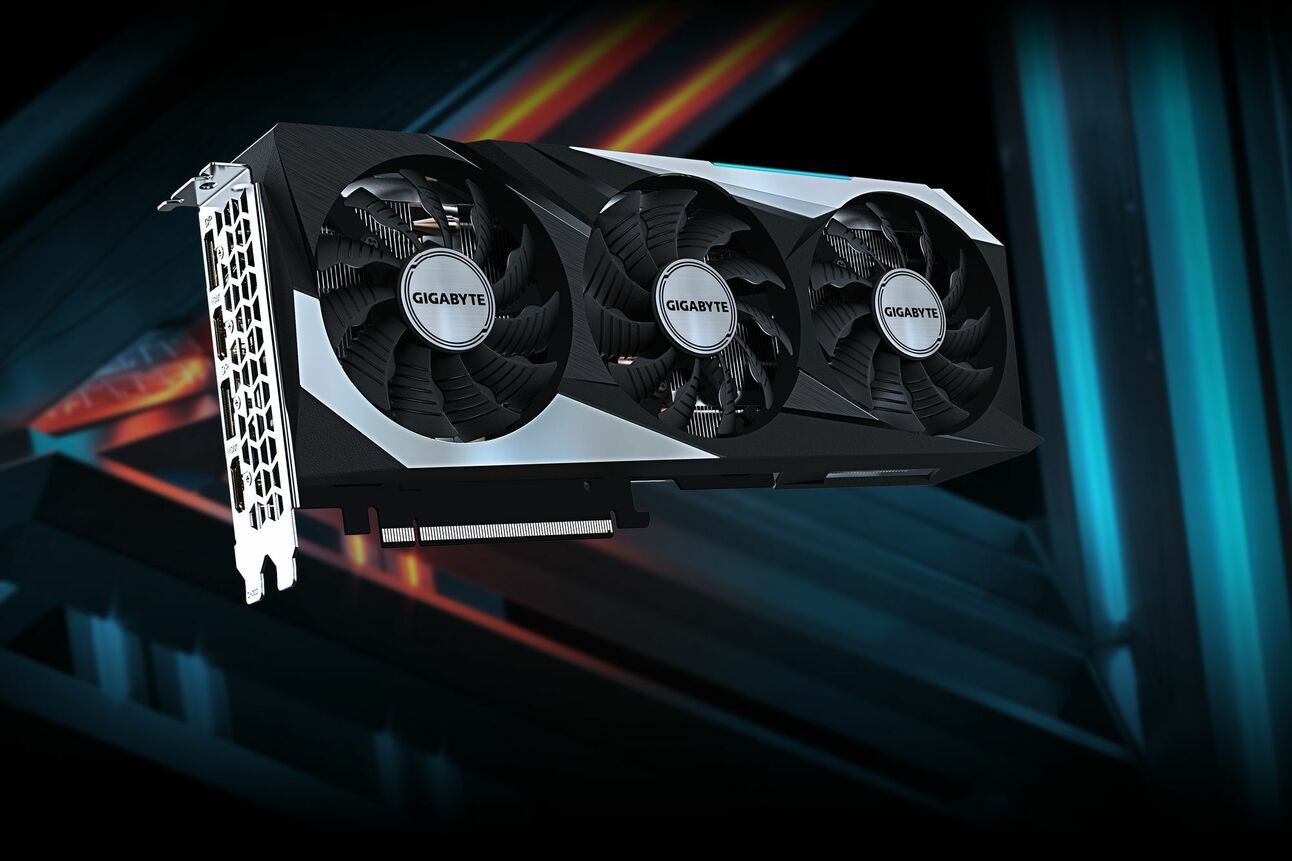NVIDIA Deep Dive (NVDA)
Share
NVIDIA Deep Dive |
||
|
||
Intro |
||
|
Investors are all-in on the AI craze, and their attention has turned to the graphics chip maker that powers the underlying technology, Nvidia. |
||
|
Nvidia has surpassed giants such as Tesla, Berkshire Hathaway, and Meta in market cap. And now the company is closing in on Amazon, despite the fact that all of these aforementioned corporations boast considerably higher revenue. |
||
|
Investors are starting to wonder if the hype is just empty steam, and if we’re heading towards an AI bubble. |
||
|
There’s no doubt - Nvidia is the leader in the AI race. And everyone knows that. But the question remains - is it too late for investors to get in on the Nvidia hype? |
||
How AI Works |
||
|
Unless you work in tech, you probably didn’t know what a GPU (Graphics Processing Unit) was a year ago. But now it’s all the rage. |
||
|
You know how your computer or game console has a CPU (Central Processing Unit) that helps it think and do tasks? A GPU is like a super version of that. |
||
|
A GPU designed to be really good at doing lots of calculations at the same time, like solving many math problems all at once. And it turns out Nvidia’s supercomputers work, and are widely touted as the best in the business. |
||
|
Nvidia also creates special software called its CUDA that helps AI use their GPUs effectively. This software helps AI learn faster, make better predictions, and do cool things like creating realistic images or driving cars. |
||
|
Right now, other major players in the GPU industry include Advanced Micro Devices, Intel, and even Apple. But Nvidia’s the industry leader in the GPU space, and combining its supercomputers with CUDA cements its dominance. |
||
History |
||
|
||
|
It turns out Nvidia was started in a Denny’s diner in the 1990s. And it was over the Grand Slam breakfasts that Nvidia’s co-founders began betting on obscure industries like artificial intelligence and video games. |
||
|
Nvidia’s eccentric co-founder Jen-Hsun Huang became the face of the company. And his strategic bet on GPUs transformed the company. |
||
|
As major technology players pour billions of dollars into developing their AI programs, they need GPUs to fuel these systems. And Nvidia is the unrivaled supplier in this space. But the company didn’t get there overnight. |
||
|
Nvidia by no means invented GPUs. But they might have perfected it. But how did GPUs go from powering video games to the generative AI craze? It all starts with an audacious bet by Huang. |
||
|
In the early 2000s, GPUs really could only draw images on a computer screen. And Huang wasn’t satisfied there. He realized that not only could GPUs power video games, but they could also power generative AI and what we’ve come to call ‘deep learning’. |
||
|
Huang embarked on an endeavor, transforming GPUs from mere graphic processors into versatile computing powerhouses. |
||
|
Back then, Nvidia's annual expenditure on this initiative accounted for $500 million—at a time when the company’s total revenue stood at $3 billion. It was a risky move, but Mr. Huang went all-in on his gamble and belief in the untapped potential of GPUs. |
||
|
Mr. Huang's vision drove Nvidia to seek new realms beyond graphics rendering.Recognizing the need for computing power that extended beyond drawing images on a screen, Nvidia developed modifications and software advancements that empowered these chips to handle a wide array of complex computational tasks. |
||
|
Since then, Nvidia has been the undisputed manufacturer of GPUs. And the big dogs like Meta, Microsoft, and Google started buying more of their chips to beef up their AI capabilities in the 2010s. But the release of ChatGPT took everything to a whole different level. |
||
|
||
Business Overview |
||
|
While everyone’s excited about Nvidia’s ability to grow amidst the AI mania, Nvidia nevertheless has several other hedges that help the company make money. |
||
|
Here are some of Nvidia’s revenue streams and key metrics. |
||
|
||
|
ChatGPT Craze |
||
|
||
|
Big tech companies were no strangers to AI before the emergence of ChatGPT. But when GPT-3 burst onto the scene in November 2022, it ignited a wildfire, and all hell broke loose. |
||
|
Startup funding rose left and right from eager investors trying to get in on the next ChatGPT, and companies like Microsoft and Google poured tens of billions of dollars into scaling their chatbots. |
||
|
The AI arms race was in full swing, and Nvidia’s position was clear - it’s really the only company that can power the race in 2023. |
||
|
Right now, Nvidia might be the only company that all startups and big-time players trust.Nvidia produces the proven supercomputer that helped build ChatGPT. And Nvidia’s competitive advantage through combining CUDA with its GPU supercomputers might be irresistible for startups and large enterprises alike to pass up. |
||
|
After all, if you’re in charge of spearheading your company’s AI operations, would you take a gamble on Nvidia’s untested competitors like AMD or Intel? Or would you utilize the proven commodity, the force behind the creation of ChatGPT itself—Nvidia? |
||
|
Bulls |
||
|
||
|
Bears |
||
|
||
|
Conclusion |
||
|
Nvidia has had an incredible jump in demand, and it will be interesting to see if the company can sustain that momentum in the coming quarters. There’s no doubt there’s a lot of optimism built into revenue projections, but Nvidia needs to rely on the AI hype to continue to be successful. |
||
|
Nvidia does have the undisputed brand power. And as a result of the ChatGPT craze, Nvidia has been able to essentially double prices overnight. |
||
|
But the competition in the space poses some questions. Can Nvidia continue to fend off competitors and sustain its strangle grip as the only true arms dealer in the space? Probably not - while everyone talks about the generative AI arms race, GPU manufacturers are embattled in their own competition, too. And some of Nvidia’s biggest cloud customers are hoping to produce their own GPUs, effectively cutting Nvidia out of the equation. |
||
|
We love Nvidia but the 175% stock rally this year prices in a lot of Wall Street optimism.We want to see how the company fares in the next couple of quarters before doubling down. Let’s see if the AI arms race is still red-hot, or if any competitors rise to challenge Nvidia. |



